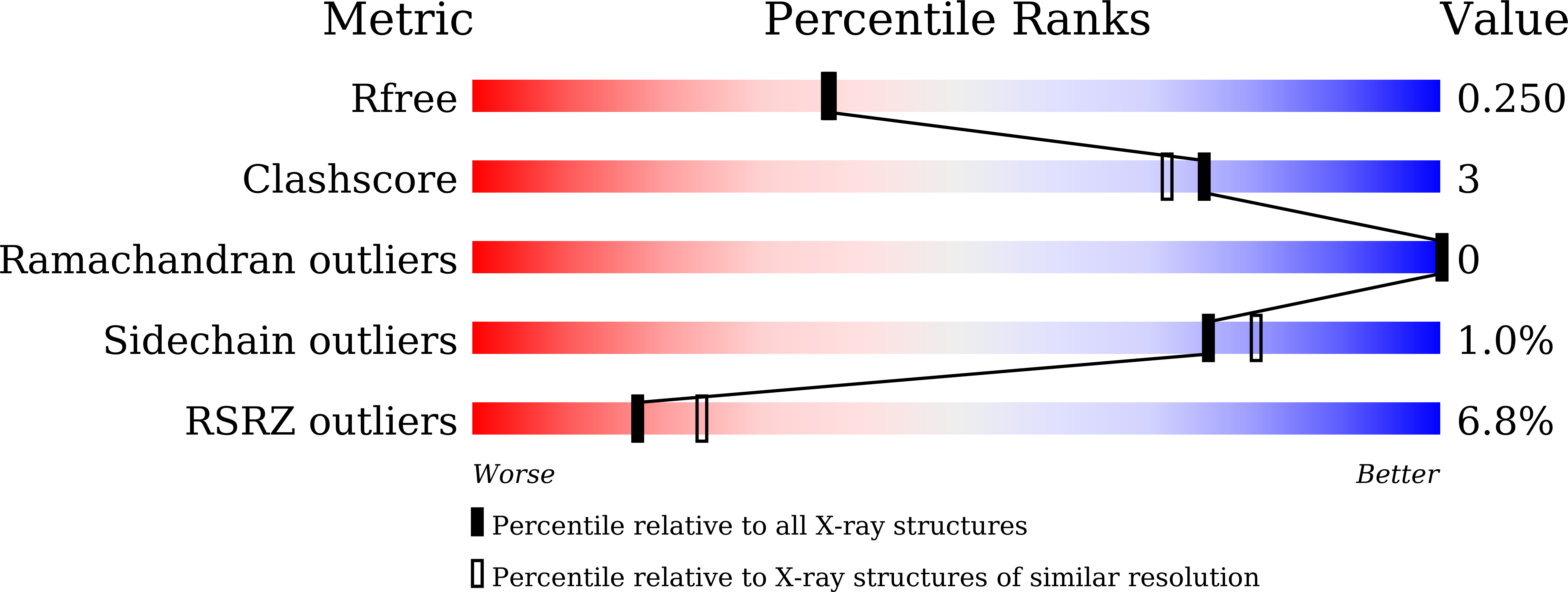
Deposition Date
2022-06-29
Release Date
2024-01-03
Last Version Date
2024-07-17
Entry Detail
PDB ID:
7YBF
Keywords:
Title:
Crystal structure of inner membrane protein Sad1 in complex with histone H2A-H2B
Biological Source:
Source Organism:
Schizosaccharomyces pombe (Taxon ID: 4896)
Host Organism:
Method Details:
Experimental Method:
Resolution:
2.15 Å
R-Value Free:
0.24
R-Value Work:
0.19
R-Value Observed:
0.20
Space Group:
P 1 21 1


